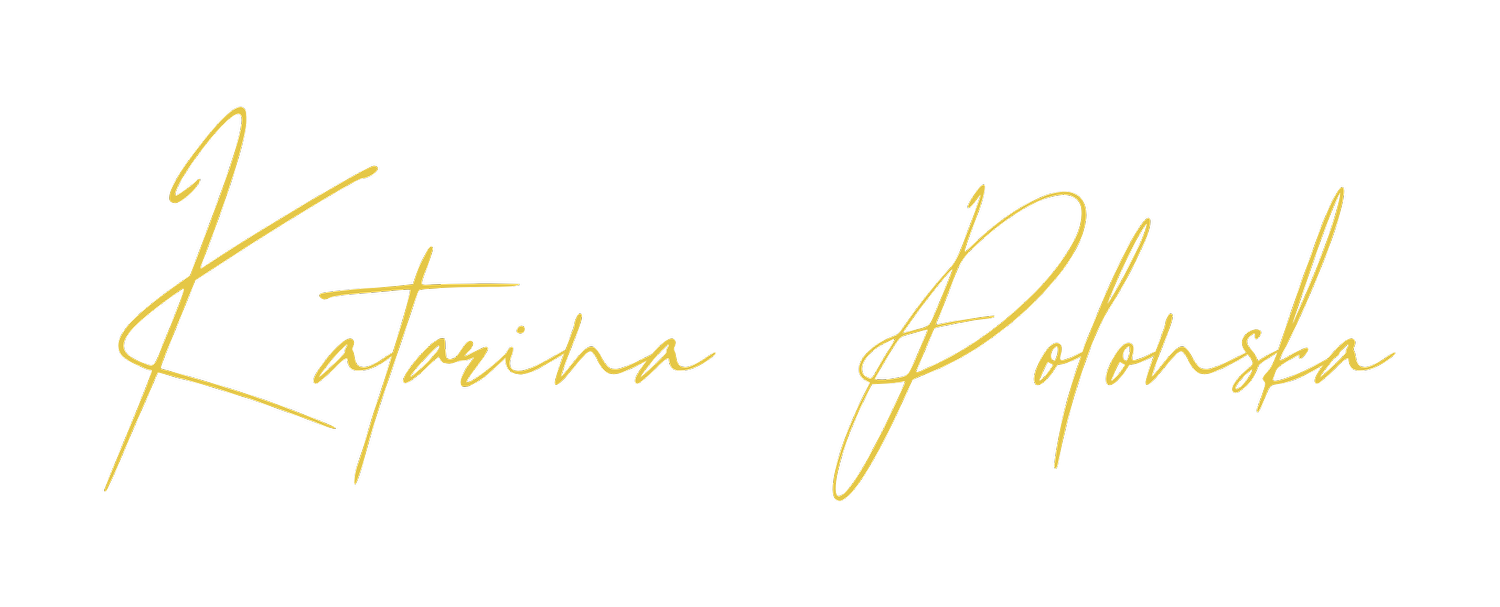How to calm my anxiety? How embodiment can help
Anxiety, our timelong friend. I think most of my peers, friends, family, colleagues, alumni – virtually everyone I have associated with in the past 20 years can attest to having some sort of anxiety in some shape or form at some point in their lives. The most comforting thing is perhaps how ubiquitous it is (though this is certainly not a desirable thing). It seems we can all relate.
Worst of all though, is the sense that we all have some sort of reluctant acceptance that it just is. That it’s just there. A low-level anxiety, or a low-level hum of something alerting us to potential danger. A constant sense of instability or nervousness. Antsiness. Anxiousness. Discombobulation.
Whilst the fact that it’s so ubiquitous is maybe comforting in that we are not all alone in this, it doesn’t make coping with it any easier. Even the idea of coping with it, or managing it, seems a bit feeble. I appreciate that there are very real horrors happening on the planet that feel extremely overwhelming and out of our control – climate change, for one – and that these are things that we can’t really deny or escape, and the anxiety is completely valid. But still, even then, the idea of just being told to cope with this during our precious fraught existence on this beautiful planet seems a bit defeatist. And miserable. Equally, the Herculean challenge of overcoming Anxiety, with all its far-reaching tentacles, seems a bit naive and unrealistic.
I remember when I realised I had anxiety in my twenties. After being an insomniac anorexic through my late teens, I made the connection and began to see a therapist. I felt incredibly demoralised by the techniques in front of me. There wasn’t much to really tackle it other than cognitive behavioural therapy (CBT) style approaches, which seemed rational but a bit too simple. I remember being sat in front of my therapist and thinking – is this really it? Surely if I could just rationalise it away, someone like myself – a pretty logical and rational person would tackle it in a weekend. When anorexia and anxiety came back a few years later, I knew for sure that my cognitive efforts hadn’t been enough. That’s not to say that CBT doesn’t work, it certainly has its merits, but for me, with something so deep seated and prevalent permeating my body, it wasn’t quite enough.
Thank goodness my neuroses have also meant that I have never been one to settle. I’ve always been that annoyingly curious, slightly pushy person who will gnaw away at problems and try to find ways to solve them that actually work. Living with low-level anxiety seemed a bit too futile for me. And god forbid that anxiety would overwhelm me again in the form of something as dark as anorexia, again. It just didn’t seem particularly fair. So I began to look into other techniques and strategies.
Having been meditating my socks off since I was about 17, I knew the benefits of mindfulness. It’s always been a brilliant tool but I struggled to integrate it into my day to day. When rushing around from lecture to lecture or meeting to meeting, it’s hard to drop down into a Buddhist zen state to manage the low-level anxiety gremlin consuming my body.
So, through lots of research and diving into some woo-woo and wacky ideas, I discovered somatic approaches. I learned that rather than running from my anxiety, or hating it, finding it irritating, annoying, and beating myself with a stick about it, I should actually, indeed, just accept it. But more than accept it – this wasn’t going to be another way of settling. But to make friends with it. To get curious about it.
In essence, to bring all those wonderful properties of mindfulness and meditation – beginners mind, curiosity, non-judgemental awareness – to my anxiety. To see it as a little part of us, whether a scared inner child, a scared inner grandmother of ours, a small frightened creature, whatever feels right, but something inside of us that is just scared. And it’s just trying to protect us. Because that’s really what anxiety is, on a primal level, in so many ways. Low-level innocent fear trying to do something ultimately good.
So I learned to lean into my anxiety and treat it with kindness. I began to apply gentle non-judgmental curiosity whenever I noticed that anxiety flaring up. I would pause to notice where in my body it’s sitting. I’d sometimes put my hand over that part of my body, give it a little rub or pat, and remember it’s just there to protect me. I would understand it’s just looking out for me. I began to get really curious about how it feels, and really got to know its signals, its messages. Even when they seemed irrational or ‘annoying’, I would practise staying curious and kind, giving it space to speak.
Overtime, these anxious signals transformed from annoying low-level anxiety murmurings to almost indistinct quiet hums. I stopped feeling panicky and stressed out by anxious sensations, and instead learned to lean in to glean their value. They’re not always rational or helpful by any stretch of the imagination, but they don’t bother me anymore. Rather, each time I feel anxiety now it’s an invitation to go inwards and lather myself (and my inner scared, squeaky girl) with compassion. They’ve become an opportunity to deepen my connection with myself, rather than a chaotic impulse to run away.
So next time you’re feeling anxious, or have that hum of low-level anxiety, I invite you to try seeing it with some compassion. What does it look like for you? What shape does it take? What is it afraid of, and how can you give it some comfort?

